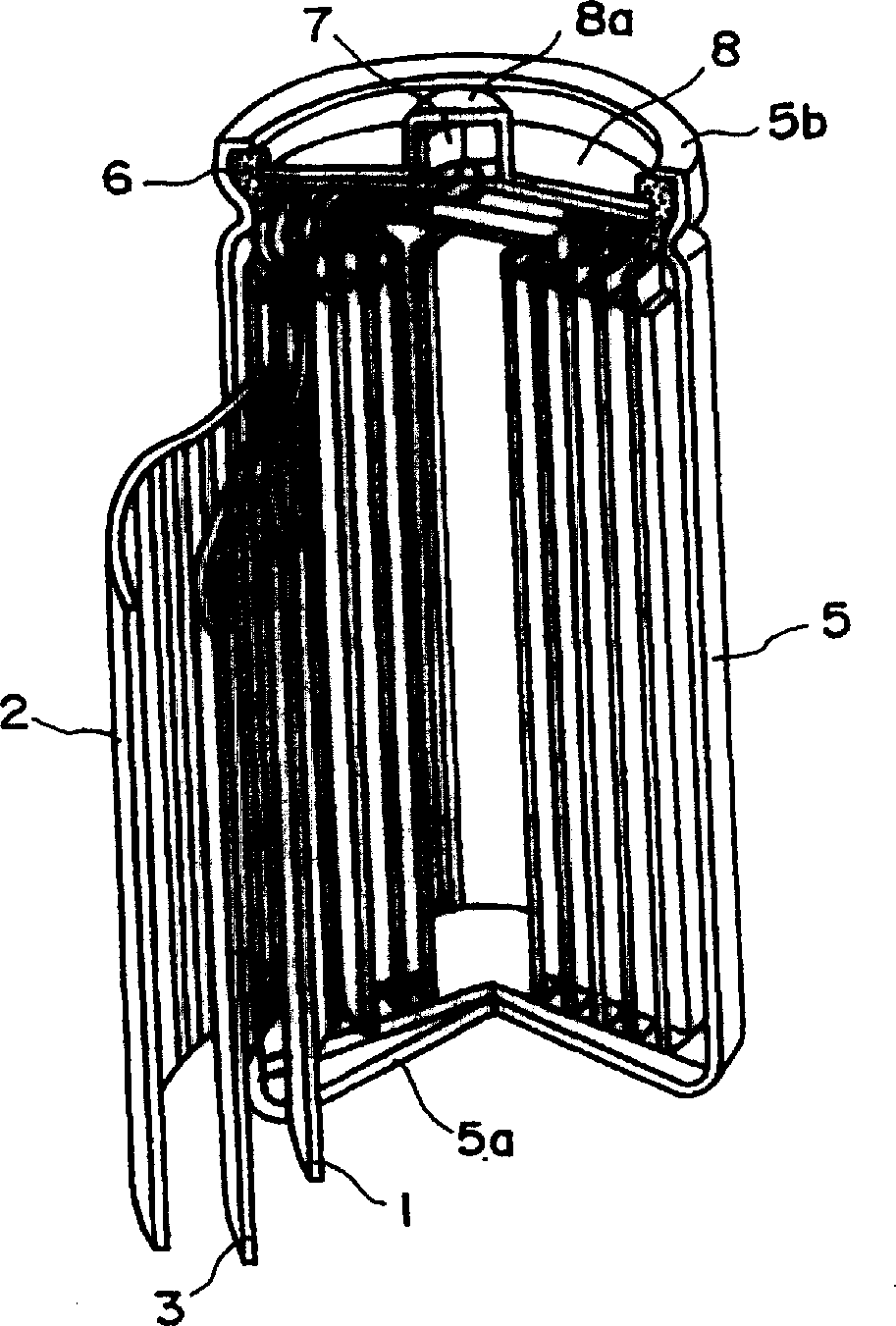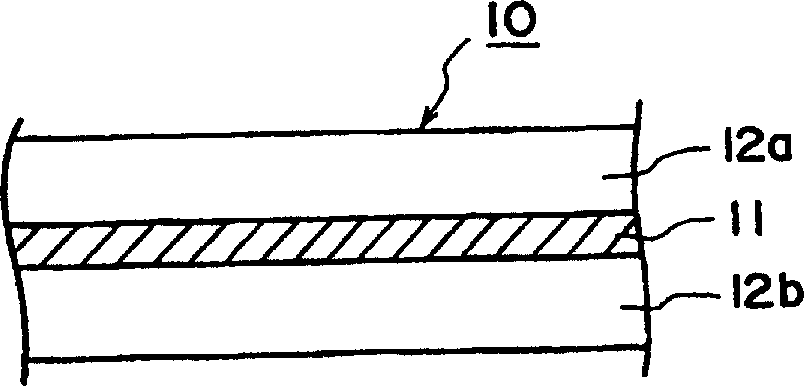Carbonaceous electrode material for non-aqueous secondary battery
A technology of secondary batteries and electrode materials, applied in battery electrodes, secondary batteries, non-aqueous electrolyte batteries, etc., can solve problems such as poor charging characteristics and short cycle life
- Summary
- Abstract
- Description
- Claims
- Application Information
AI Technical Summary
Problems solved by technology
Method used
Image
Examples
example
[0102] Hereinafter, the present invention will be described more specifically based on examples and comparative examples. All volumes and flow rates of the processing gases described below are values calculated under standard conditions (0°C, 1 atm).
example 1
[0104] Bamboo pieces (about 3mm×3mm×3mm in size) and Bambusa bamboo pieces (about 3mm×3mm×3mm in size) grown in Vietnam respectively are mixed into raw materials with a weight ratio of 1:1, and heated to 500° C., and maintained at 500° C. for 5 hours in a nitrogen atmosphere (normal pressure) for preliminary calcination to produce a carbon precursor with a maximum volatile matter content of 2 wt%. The carbon precursor was ground into a weight average powdered carbon precursor having a particle size of about 25 [mu]m and having a potassium content of 0.5 wt%. Stack about 3g of powdered carbon precursor in an aluminum crucible into a layer about 1-2mm thick, then place it in a horizontal tube furnace with a diameter of 75mm and heat it to 1200°C at a rate of 5°C / min, and keep it at 1200°C Carbonization was carried out for 1 hour while blowing nitrogen gas at a rate of 5 liters / min.
[0105] The properties of the carbonaceous material thus obtained are shown in Table 1 below uni...
example 2
[0107] The powdered carbon precursor prepared in Example 1 was subjected to two cycles of deliming treatment, wherein each cycle included immersion in 35% hydrochloric acid for 1 hour and washing in boiling water for 1 hour to obtain a potassium content ≤ 0.1 wt% deashed powdered carbon precursor. The deashed powdered carbon precursor is ground again to form a powdered carbon precursor with an average particle size of 25 μm. About 3g of powdered carbon precursor was stacked in an aluminum crucible, then placed in a horizontal tube furnace with a diameter of 75mm and heated to 1100°C at a rate of 5°C / min, and kept at 1100°C for 1 hour for carbonization.
PUM
| Property | Measurement | Unit |
|---|---|---|
| density | aaaaa | aaaaa |
| density | aaaaa | aaaaa |
| density | aaaaa | aaaaa |
Abstract
Description
Claims
Application Information
 Login to View More
Login to View More - R&D
- Intellectual Property
- Life Sciences
- Materials
- Tech Scout
- Unparalleled Data Quality
- Higher Quality Content
- 60% Fewer Hallucinations
Browse by: Latest US Patents, China's latest patents, Technical Efficacy Thesaurus, Application Domain, Technology Topic, Popular Technical Reports.
© 2025 PatSnap. All rights reserved.Legal|Privacy policy|Modern Slavery Act Transparency Statement|Sitemap|About US| Contact US: help@patsnap.com



